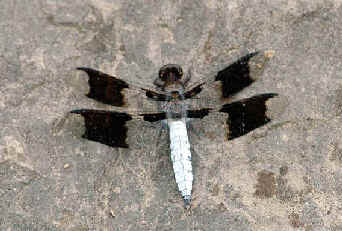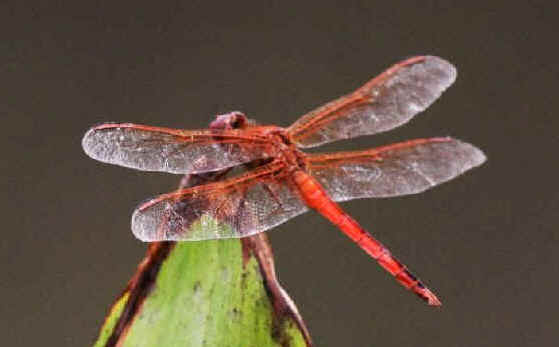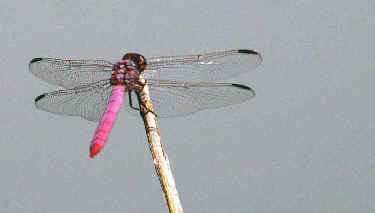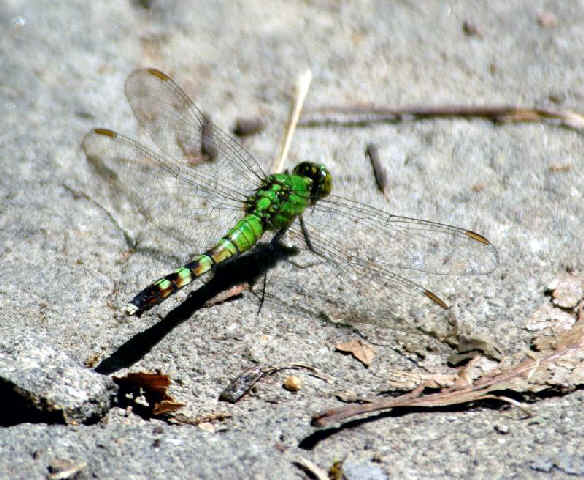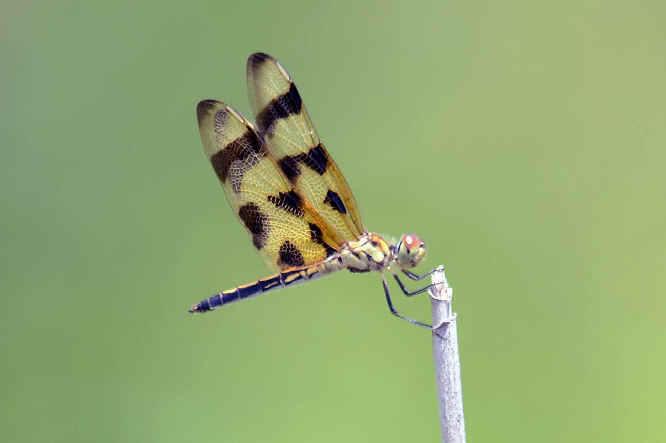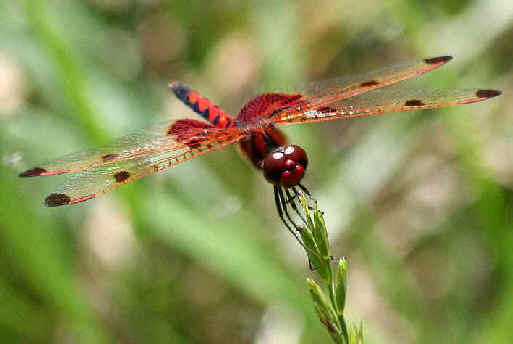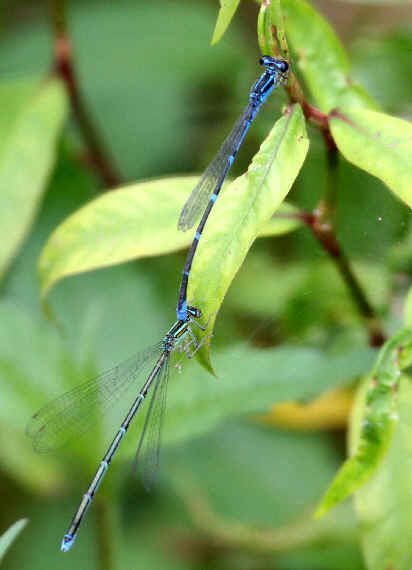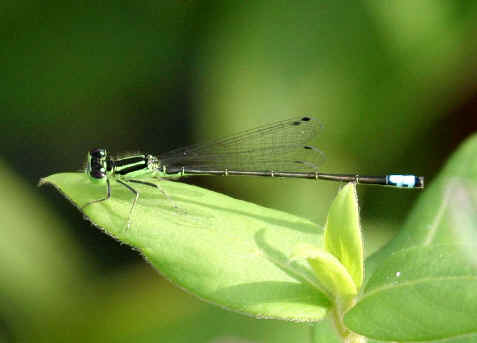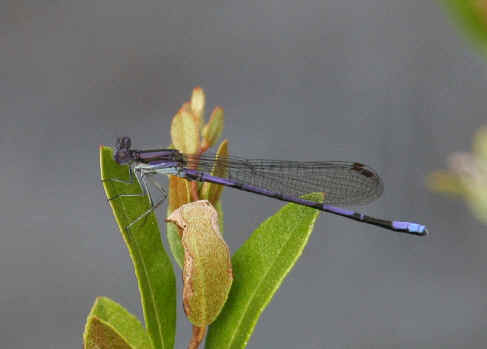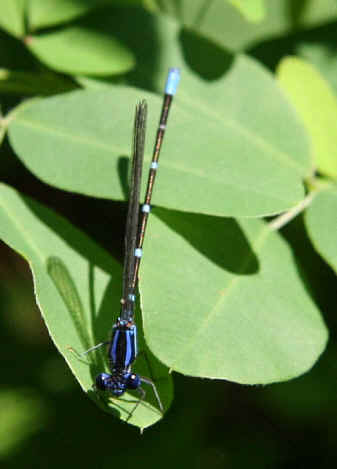
E-mail: font@focusonnature.com
Phone: Toll-free in USA 1-888-721-3555
or 302/529-1876
 |
PO Box 9021,
Wilmington, DE 19809, USA E-mail: font@focusonnature.com Phone: Toll-free in USA 1-888-721-3555 or 302/529-1876 |

Dragonflies
and Damselflies
in
Texas
Including those seen during
Focus On Nature Tours
List compiled by Armas Hill
LINKS to LISTS of
BUTTERFLIES
MOTHS
and
SOME OTHER INSECTS
Photo at upper right: a TWELVE-SPOTTED SKIMMER
(photo by Kate Somerville)
Codes:
Numbers noted as (A:xx) refer to numbered photos
in "Dragonflies and Damselflies of Texas and the South-Central United
States" by John Abbott
The above is an excellent book relating to the dragonflies and damselflies in
Texas.
Numbers noted as (D:xx) refer to plates with photos in "Dragonflies
through Binoculars - A Field Guide to Dragonflies of North America", by
Sidney Dunkle
Numbers noted as (P:xx) refer to pages with photos
in "Dragonflies & Damselflies of the East", by Dennis
Paulson
(ph): species with a photo in the FONT website
Links to Groupings within this List:
DRAGONFLIES Darners Petaltails Clubtails Spiketails Cruisers Emeralds Skimmers
DAMSELFLIES Broad-winged Damsels Spreadwings Threadtails Pond Damsels
Other Links:
Upcoming FONT Birding & Nature Tours in North America
FONT Past Tour Highlights
A List & Photo Gallery of Texas Birds, in 2 Parts:
Part #1: Quails to Becard
Part #2: Flycatchers to Buntings
A List of Texas Butterflies (with some photos) A List of Texas Mammals (with some photos)
A List of Texas Amphibians & Reptiles (with some photos)
Other Lists & Photo Galleries of Dragonflies & Damselflies Elsewhere
Directory of Photos in the FONT Website
Dragonflies:
Darners
The following genus ANAX are the GREEN
DARNERS:


